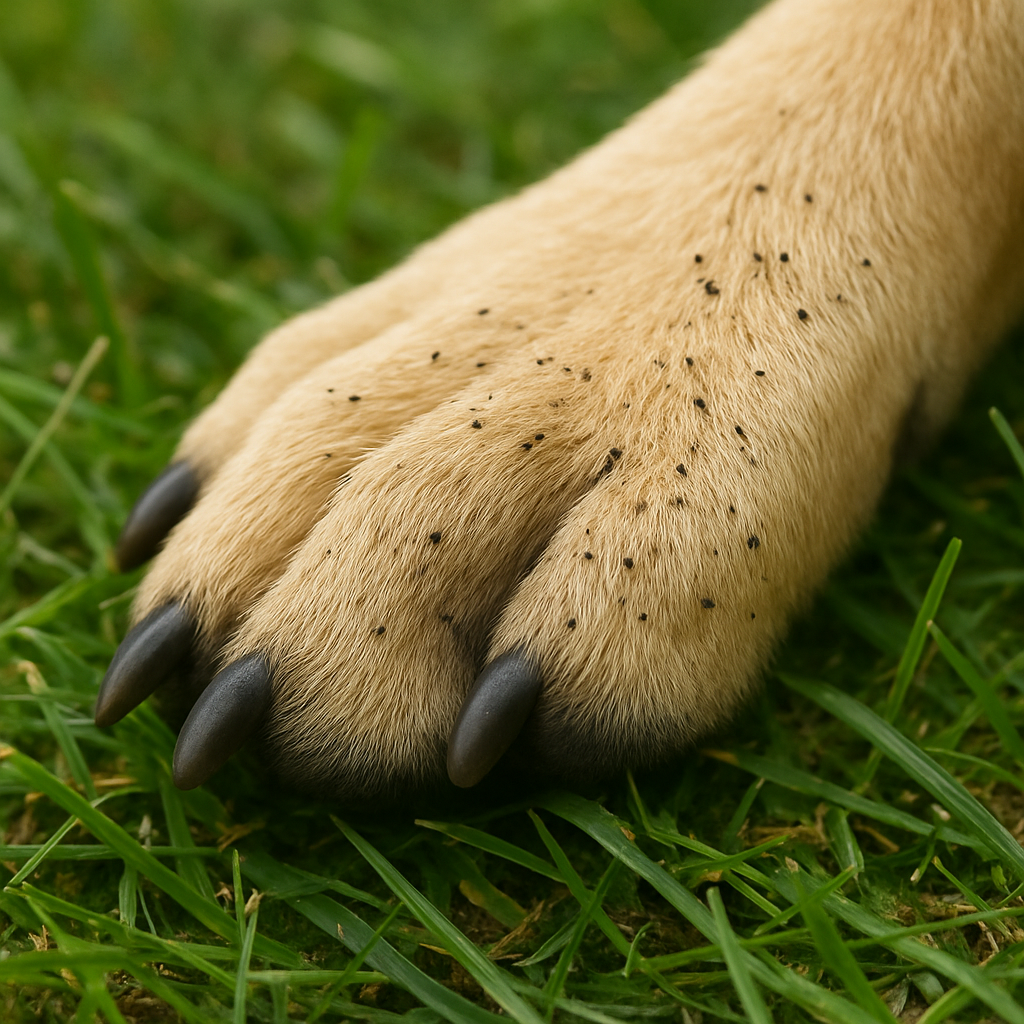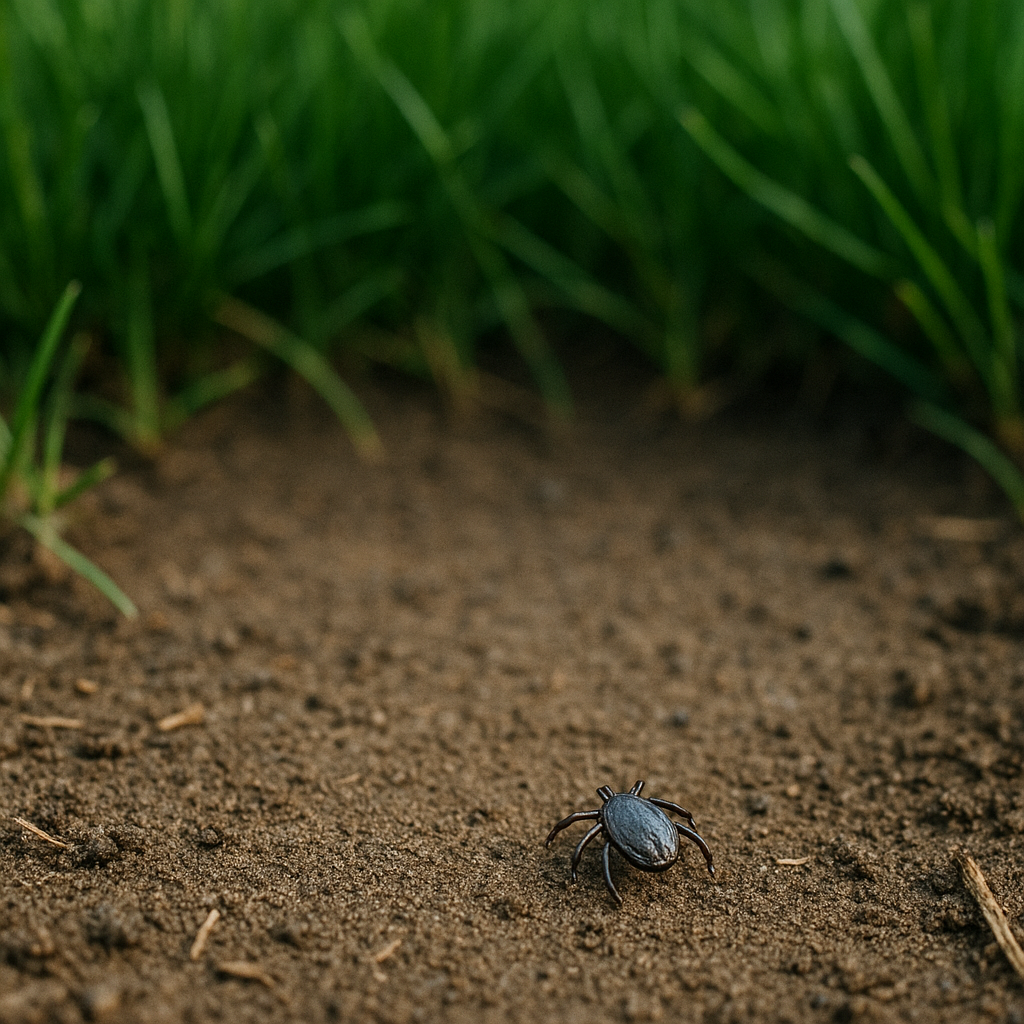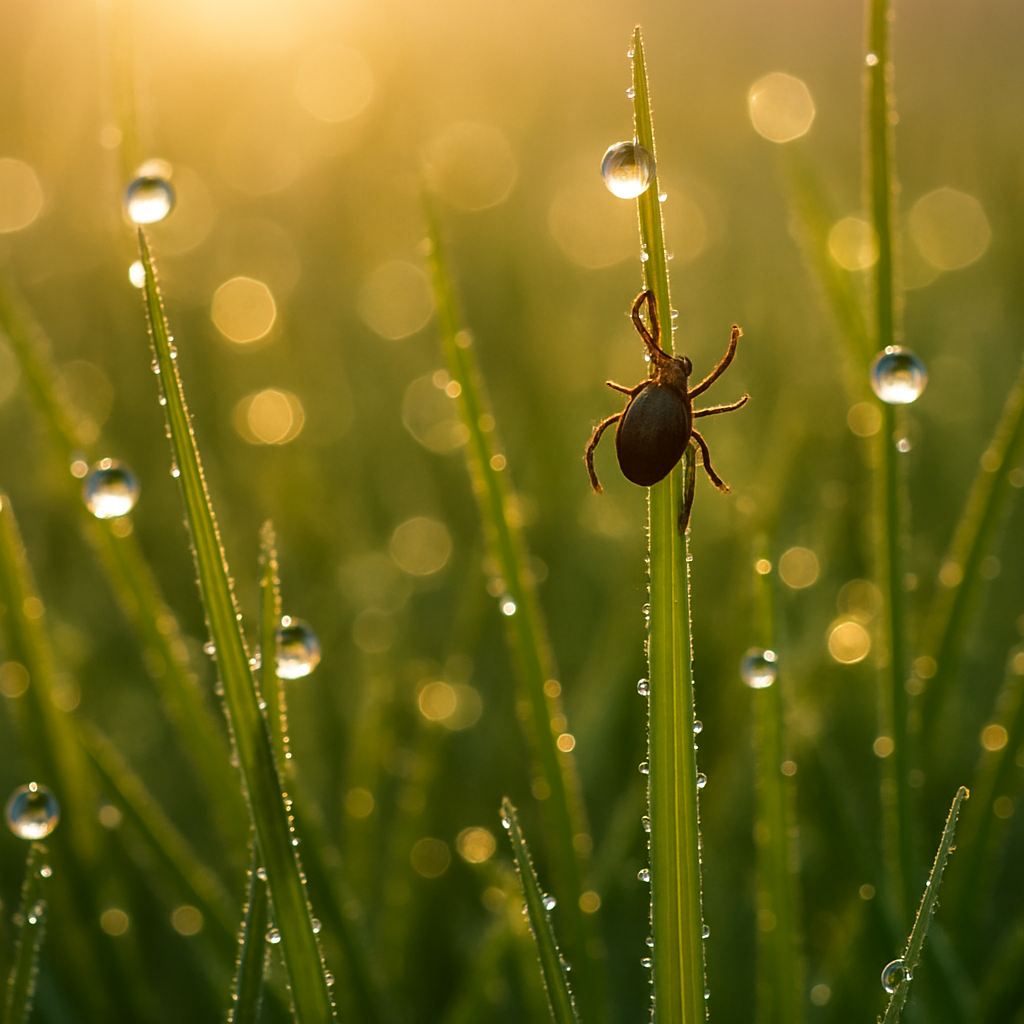Fleas and ticks aren’t just a nuisance—they’re a real health threat to your family and pets. Your lawn can quickly become a breeding ground, putting everyone at risk of bites, allergies, and diseases like Lyme disease. But understanding these pests and their habits is the first step toward effectively managing them.
Why Fleas and Ticks are a Concern
Fleas and ticks thrive in grassy, wooded, and shaded areas, making your yard an ideal habitat. Beyond their itchy bites, these pests transmit diseases that can seriously impact both pets and humans:
- Ticks commonly spread Lyme disease, Rocky Mountain spotted fever, and anaplasmosis.
- Fleas can cause severe allergic reactions and transmit tapeworms to pets.
Knowing the stakes can help motivate proactive yard care.
Signs Your Yard Might Have Fleas or Ticks
Keep an eye out for these indicators:
- Pets frequently scratching, licking, or biting their skin.
- Small black dots (flea dirt) on pets or bedding.
- Finding ticks on pets or people after being outdoors.
- Presence of wildlife (deer, rodents) regularly visiting your yard.

The Life Cycle: Why It Matters
Understanding flea and tick life cycles is crucial for control.
Stage | Fleas | Ticks |
Egg | Laid in pet fur; falls onto grass, carpet, bedding | Laid on ground; hatch into larvae |
Larva | Develops in shaded, humid areas; feeds on organic debris | Feeds on small animals like rodents |
Pupa/Nymph | Protected in cocoons; highly resistant stage | Requires blood meal to progress to adult stage |
Adult | Emerges when conditions are ideal; immediately seeks blood meal | Attaches to larger hosts (pets, humans) |
Breaking this cycle early is the key to reducing infestations.
Risks of Chemical Lawn Treatments
While chemical treatments promise quick fixes, they pose significant drawbacks:
- Potential harm to children, pets, and beneficial wildlife.
- Chemicals can contaminate local water supplies through runoff.
- Possible resistance developed by fleas and ticks over time.
Explore our eco-friendly lawn care services to ensure your lawn remains lush and pest-free without harmful chemicals.

Embracing Eco-Friendly Alternatives
Eco-friendly pest management can provide lasting solutions without risks. These methods often include:
- Beneficial nematodes targeting larvae in soil.
- Natural repellents like cedarwood or neem oils.
- Strategic landscaping to discourage pest habitats.
Learn more about attracting beneficial insects to naturally reduce pest populations in your yard.
By choosing greener methods, you create a safer, healthier lawn and community.
Proper watering practices outlined in our Summer Watering Schedule can also help prevent fleas and ticks by maintaining optimal lawn health.
Next Steps
Ready to tackle fleas and ticks naturally? Need personalized guidance?
Contact Greenstripe today for eco-friendly solutions tailored specifically to your yard.
For more ways to manage pests naturally, check out our guide on fighting mosquitos without chemicals.
Next Steps
Ready to tackle fleas and ticks naturally? Stay tuned for our next post, where we’ll delve deeper into Integrated Pest Management (IPM) and show how it can help combat fleas and ticks sustainably.
Need personalized guidance now?
Contact Greenstripe today for eco-friendly solutions tailored specifically to your yard.
For more ways to manage pests naturally, check out our guide on fighting mosquitos without chemicals.

Frequently Asked Questions
What attracts ticks and fleas to my yard?
Ticks and fleas are drawn to shaded, humid, grassy areas and yards frequented by wildlife and pets.
Can fleas and ticks survive winter?
Yes, both fleas and ticks can overwinter, making it important to treat your yard throughout the year.
How often should I inspect my pets for ticks?
Check your pets daily during peak tick season, particularly after outdoor activities.
Are natural flea and tick remedies effective?
Yes, many natural solutions can effectively manage pest populations when applied consistently and properly.
How quickly can fleas and ticks infest a yard?
Under optimal conditions, infestations can establish rapidly, sometimes within weeks, emphasizing the need for prompt preventative action.



